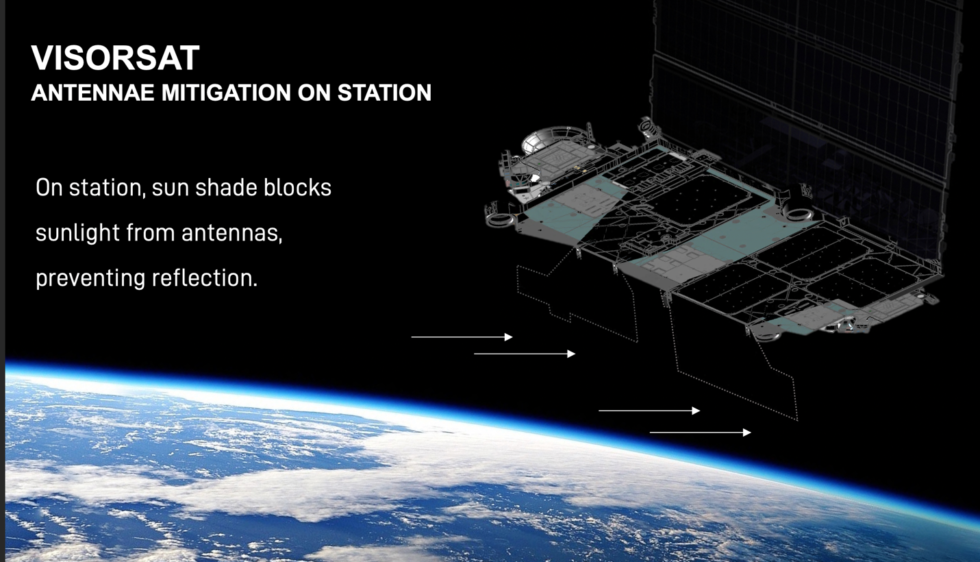-
A Falcon 9 rocket is ready to go for its 10th Starlink mission.Trevor Mahlmann
-
This dirty rocket has flown four times into space already.
-
Nice adornment of the payload fairing, or lack thereof.Trevor Mahlmann
-
A view of a static fire test on Wednesday.Trevor Mahlmann
-
This mission will launch from Launch Complex 39A at Kennedy Space Center.Trevor Mahlmann
1:45pm ET Friday Update: SpaceX has scrubbed its Starlink launch attempt for Friday. The company announced the delay by saying on Twitter, “Standing down from today’s Starlink mission; team needed additional time for pre-launch checkouts, but Falcon 9 and the satellites are healthy. Will announce new target launch date once confirmed on the Range.”
Original post: SpaceX is preparing for its 10th launch of Starlink satellites on Friday afternoon. The launch on board a Falcon 9 rocket from Kennedy Space Center in Florida is scheduled for 4:18pm ET (20:18 UTC). The weather outlook for Friday’s launch attempt is favorable.
On this 10th launch, it’s worth stepping back to realize that, in addition to developing reusable rockets, two different Dragon spacecraft, and working on its ambitious Starship project, SpaceX has also built 600 satellites in the last couple of years. And these are not small CubeSats—each of the Starlink satellites weighs 260kg and has its own on-board propulsion system. This is a pretty remarkable new production capability.
That SpaceX has launched so many satellites in the last year, and plans to launch thousands more as it builds out a constellation of beacons in low-Earth orbit to provide global Internet service from space, has understandably raised concerns among astronomers. SpaceX has tried to be attentive to these concerns.
Previously, beginning in January, SpaceX began to experiment with darkening its satellites so they were less reflective. This helped reduce their brightness by about one magnitude. Now, with this launch, the company will seek to address some of those concerns further. The company has developed a radio-transparent foam that will flip out from the satellites and prevent reflection.

“This visor lays flat on the chassis during launch and deploys during satellite separation from Falcon 9,” the company stated. “The visor prevents light from reflecting off of the diffuse antennas by blocking the light from reaching the antennas altogether. Not only does this approach avoid the thermal impacts from surface darkening the antennas, but it should also have a larger impact on brightness reduction.”
Now these “visor” sats will get their chance to shine, or rather not shine, in space. Friday’s launch attempt will loft 57 Starlink satellites, with visors, along with a rideshare mission of two BlackSky Global satellites arranged by Spaceflight. This rideshare mission should help SpaceX offset some of its launch costs.
This will be the third time SpaceX has launched a Falcon 9 core five times—this booster started its career with the Demo-1 mission in March 2019 and has since flown three other missions. The company will seek to recover this booster on the Of Course I Still Love You droneship. The webcast below should begin about 15 minutes before liftoff.
https://arstechnica.com/?p=1687603

